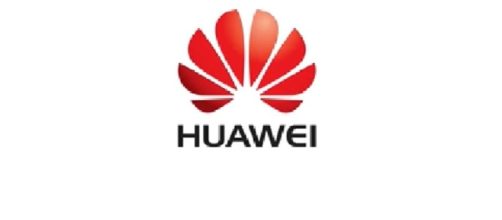Major technology giants, including Samsung and Apple, packed their respective flagships with a bezel-less front panel this year. It now appears that this trend will be replaced by foldable technology in 2018. Companies like Microsoft and Samsung have already patented this technology. ZTE has explored this segment in its recently-introduced Axon M smartphone. The handset features a dual display with a hinge, a report by Tech Radar reads. The same report goes on to claim that huawei is expected to follow suit in 2018.
Everything you need to know
Huawei Ceo, Richar Yu -- in an interview with CNET -- said that the company was Working on a new type of smartphone.
While it is not ready yet and the engineers at Huawei are merely testing different samples; he said that Huawei is working hard to refine it. Yu suggests that the handset is based on Axon M’s blueprint. Their main objective as of now is to reduce the gap that exists between the two displays on the foldable Axon M smartphone. When it comes to foldable technology on smartphones, two displays are not necessarily stitched together. Huawei wants to explore another method where the smartphone can bend in the middle. Yu then claimed that he hopes that they are able to prepare the device for next year, as they wish to launch it. When it comes to the design aesthetics of a smartphone, not much has changed for years.
Take, for example, Apple’s iPhone line-up. Since the first generation, the essence of the smartphone has been kept intact. There are certain things that help users identify their favorite product and it is best that they are kept unaltered. With the entry of foldable technology, handset makers might be looking toward a complete overhaul in terms of hardware innovation.
Foldable smartphone
Samsung is also working on a foldable smartphone. It appears that it will be called “Galaxy X.” The Galaxy X might end up being launched next year too. Samsung hasn’t made any promises but they keep patenting technology, which seems to indicate their future plans. It certainly is a big engineering challenge even for the best on the market, but if they end up mastering the feature then it will leave a mark on the industry.
It’s likely that their smartphone sales will receive a major boost too. Huawei needs something as impactful as this, to once again establish itself as relevant. Meanwhile, the firm is currently busy preparing for the launch of its Mate 10 line-up.


